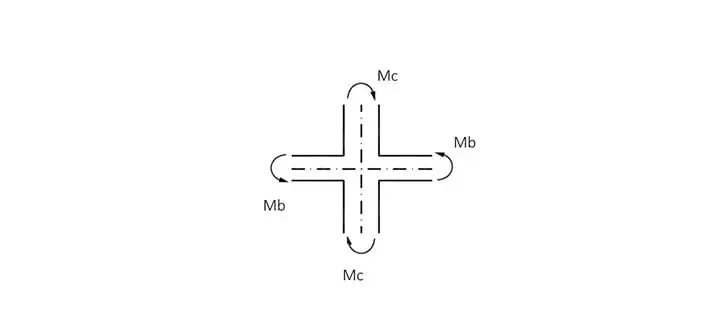
Local Ductility Condition Check (EC8)
Summary
Ensuring Ductility with Strong Column-Weak Beam Design
Strong Column-Weak Beam EC8 to ProtaStructure performs comprehensive checks on global and local ductility conditions in compliance with EC8 Chapter 4.4.2.3, a key European standard for seismic design. These checks are critical for ensuring that structures respond safely and effectively during earthquakes.
This document focuses on the strong column-weak beam condition, a principle that enhances ductility and prevents catastrophic structural failures. It explains the calculations and methodology behind these checks, helping engineers achieve optimal seismic performance.
Importance of Strong Column-Weak Beam Design
In seismic design, the Strong Column-Weak Beam EC8 principle ensures that columns remain stronger than the beams they support. This hierarchy prevents columns from failing first, maintaining the integrity of the structure and providing a controlled energy dissipation mechanism. ProtaStructure uses advanced algorithms to verify:
- Column-to-Beam Strength Ratios: Ensuring columns are sufficiently stronger than beams to avoid premature failure.
- Ductility Conditions: Evaluating the ability of the structure to deform plastically without significant loss of strength.
- Seismic Compliance: Adhering to EC8 requirements for local and global ductility.
How ProtaStructure Simplifies Ductility Checks
ProtaStructure automates these calculations, reducing time and effort for engineers. The software provides clear outputs for:
- Column and beam strength ratios.
- Load combinations that meet seismic requirements.
- Local ductility checks for individual members.
Real-World Applications
Explore how ProtaStructure has been used in seismic designs worldwide:
- Visit our Projects Gallery to see real-world examples.
- Read inspiring Customer Success Stories showcasing innovative solutions.
Benefits of Strong Column-Weak Beam EC8
By applying the principles of strong column-weak beam design, engineers can:
- Improve the seismic performance of multi-storey buildings.
- Minimize structural damage and protect life safety during earthquakes.
- Ensure compliance with EC8 Chapter 4.4.2.3 and other global standards.







